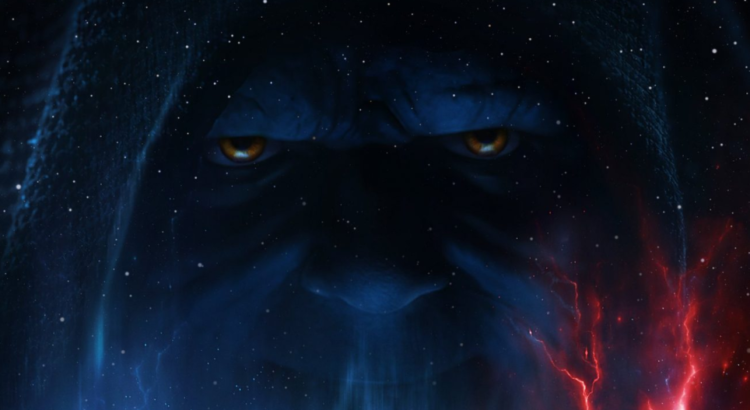The binary sunset scene in A New Hope is perhaps the iconic image of the film – so iconic that the saga has gone back to it time and again. For me as a child, it was the wonder of seeing something that felt real but also fantastical: a boy dreaming of adventures to come, but also a realistic-looking leap of the imagination, of what the alien spectacle of a binary star system would really look like from one of its planets. That combined with John Williams’s greatest ever theme, what became the Force Theme (though at the time was known as Ben Kenobi’s Theme).
When George Lucas returns to this moment, it is done very deliberately, during moments which encourage the audience to look simultaneously backwards and forwards across the span of the saga. The sequel trilogy films, too, have returned to this image twice, and those moments tell us much about the films themselves, their directors’ priorities and sensibilities, and speak to a wider conversation about the role of nostalgia in Star Wars going forward.
Read More



